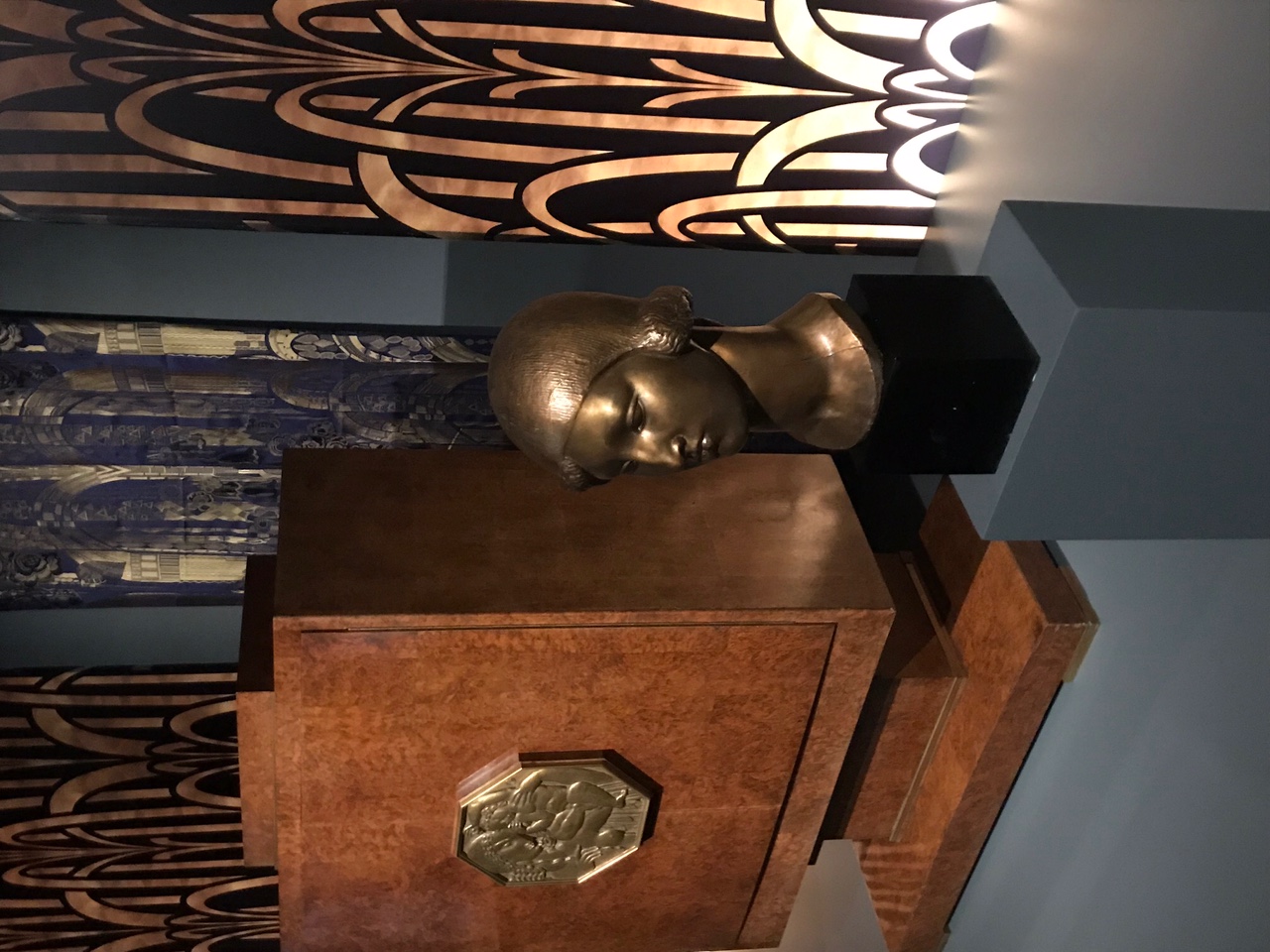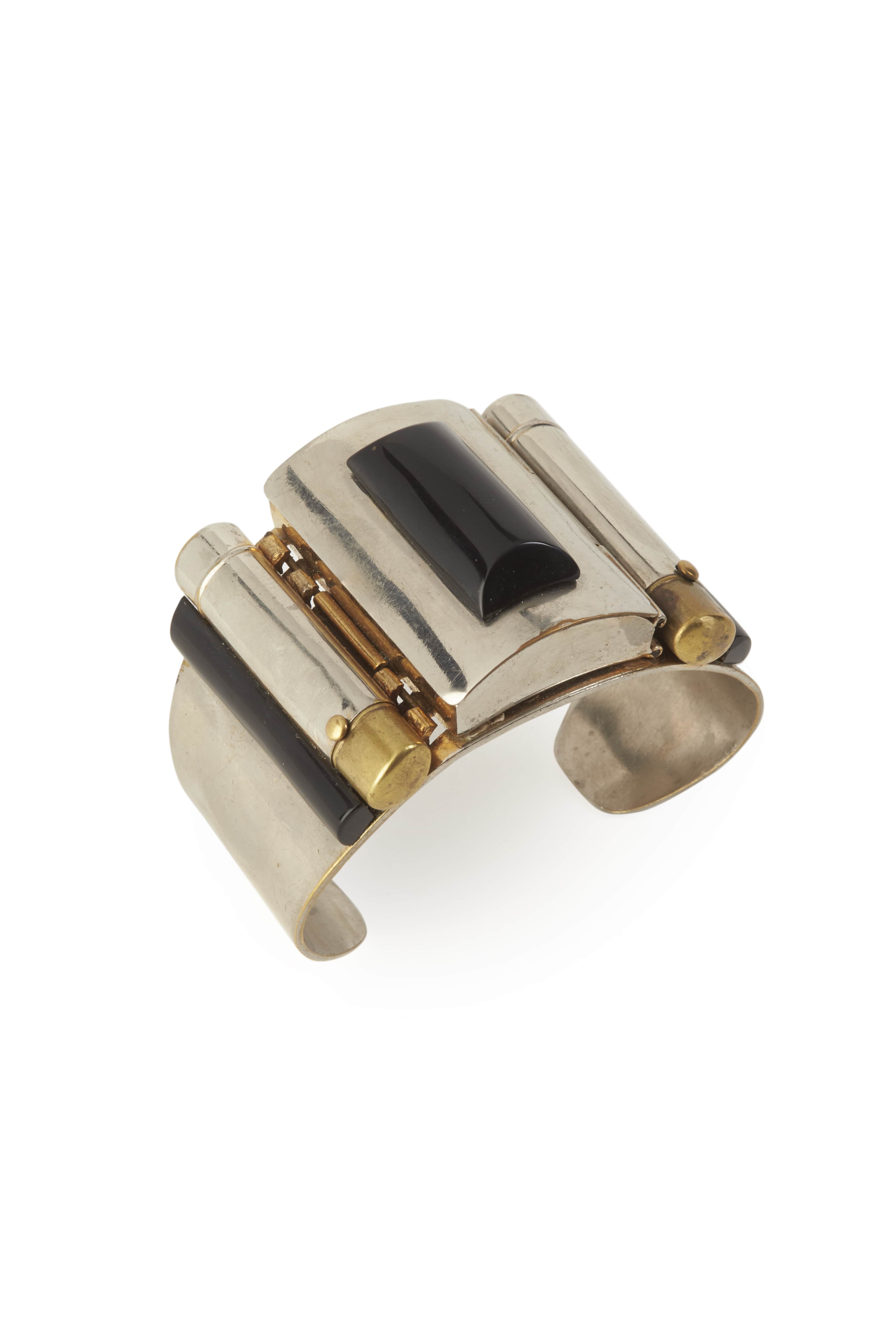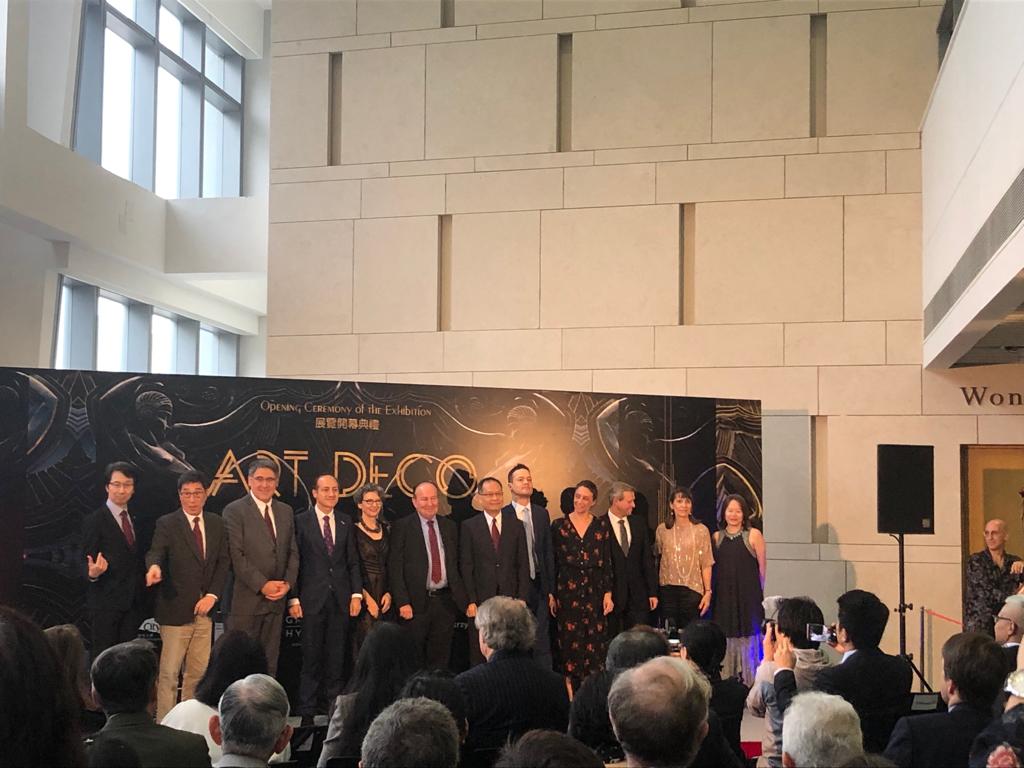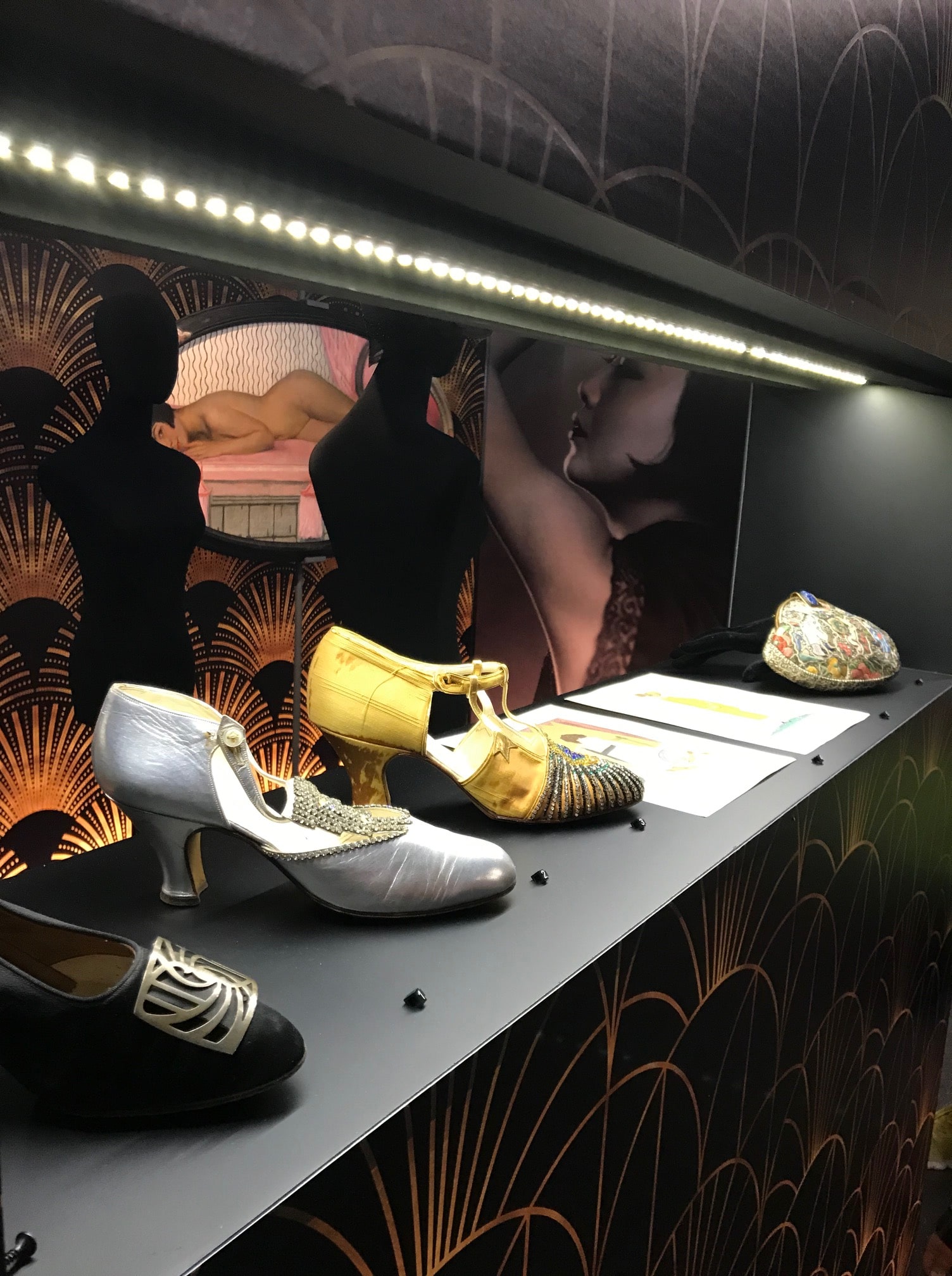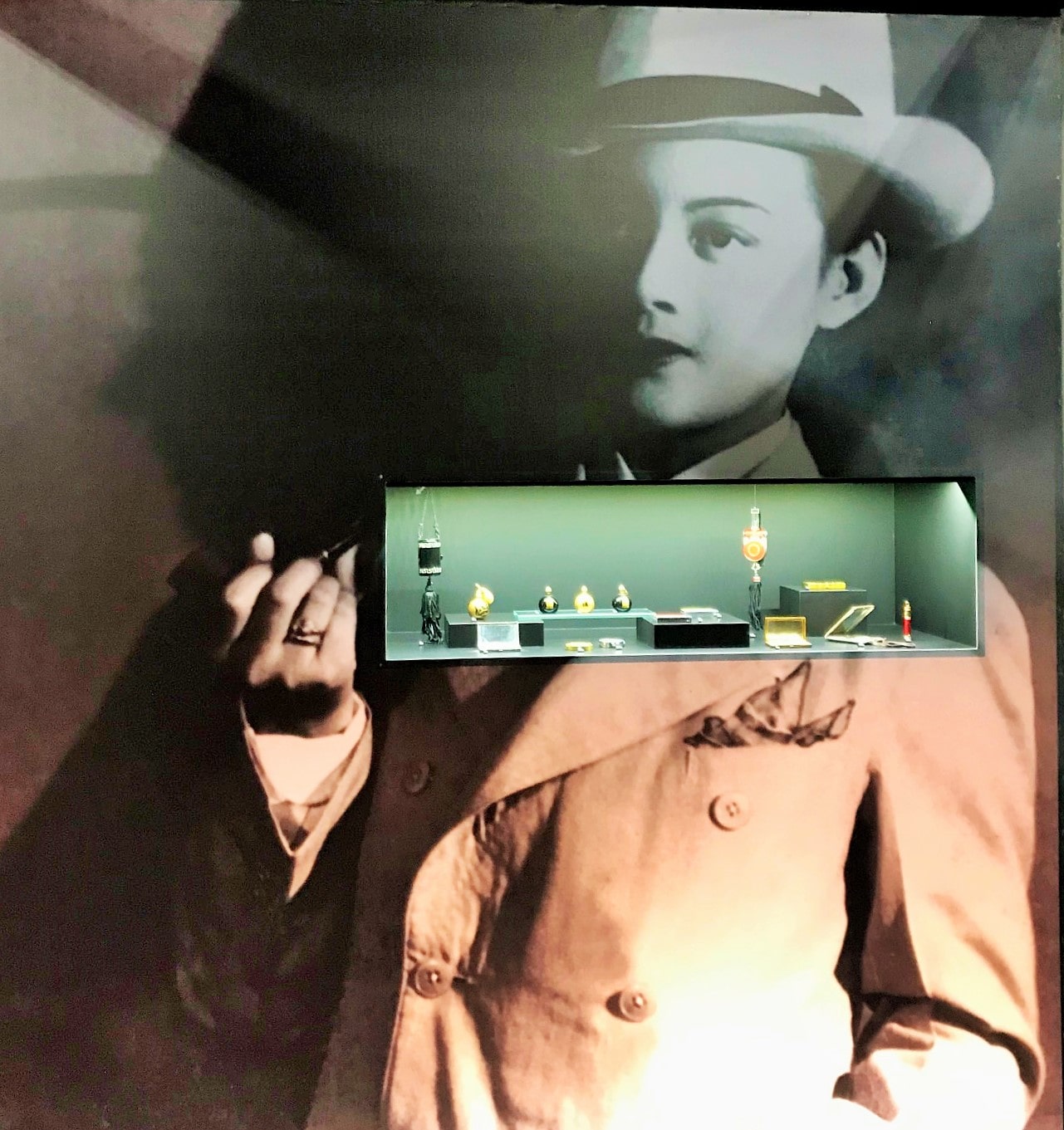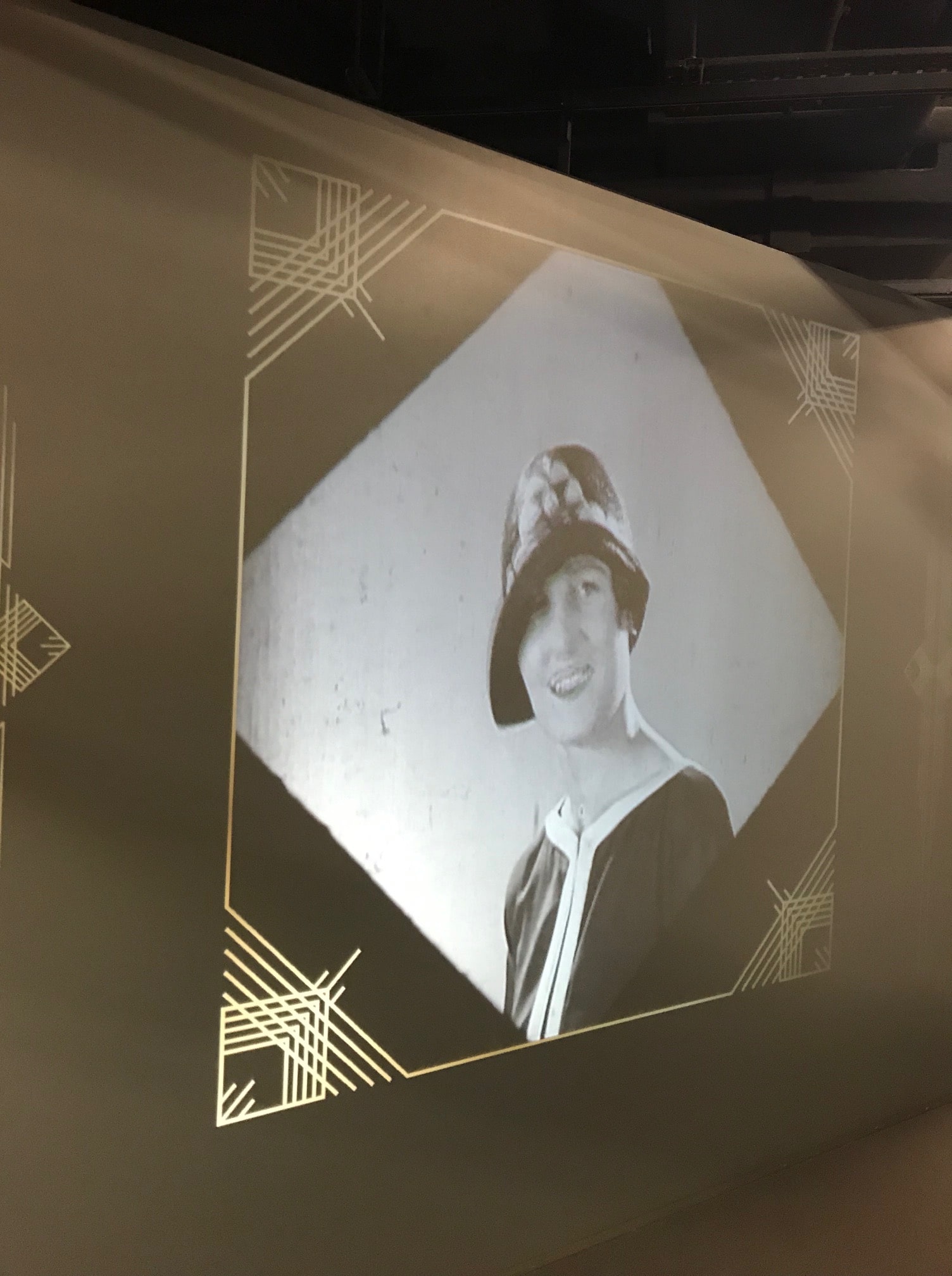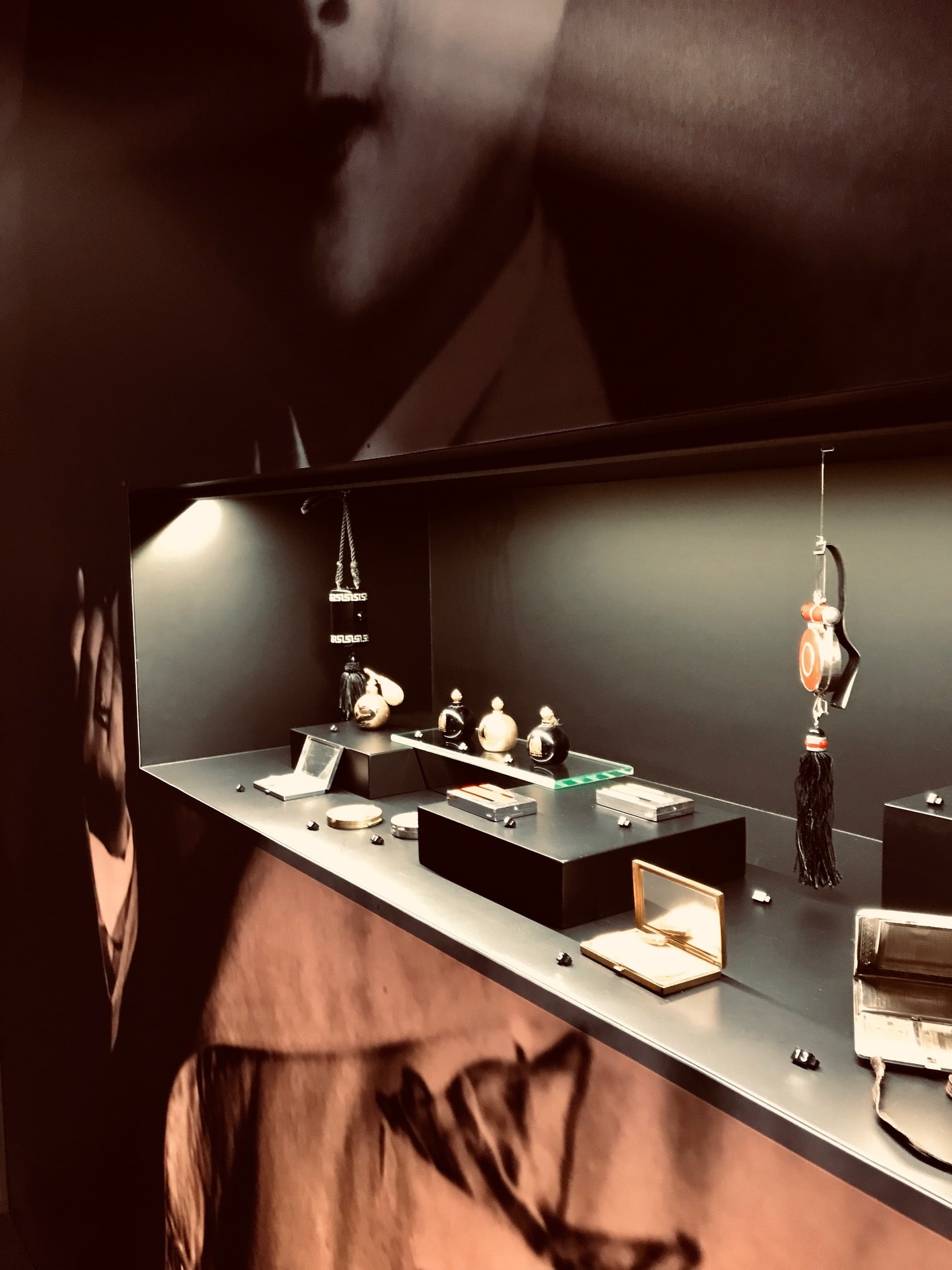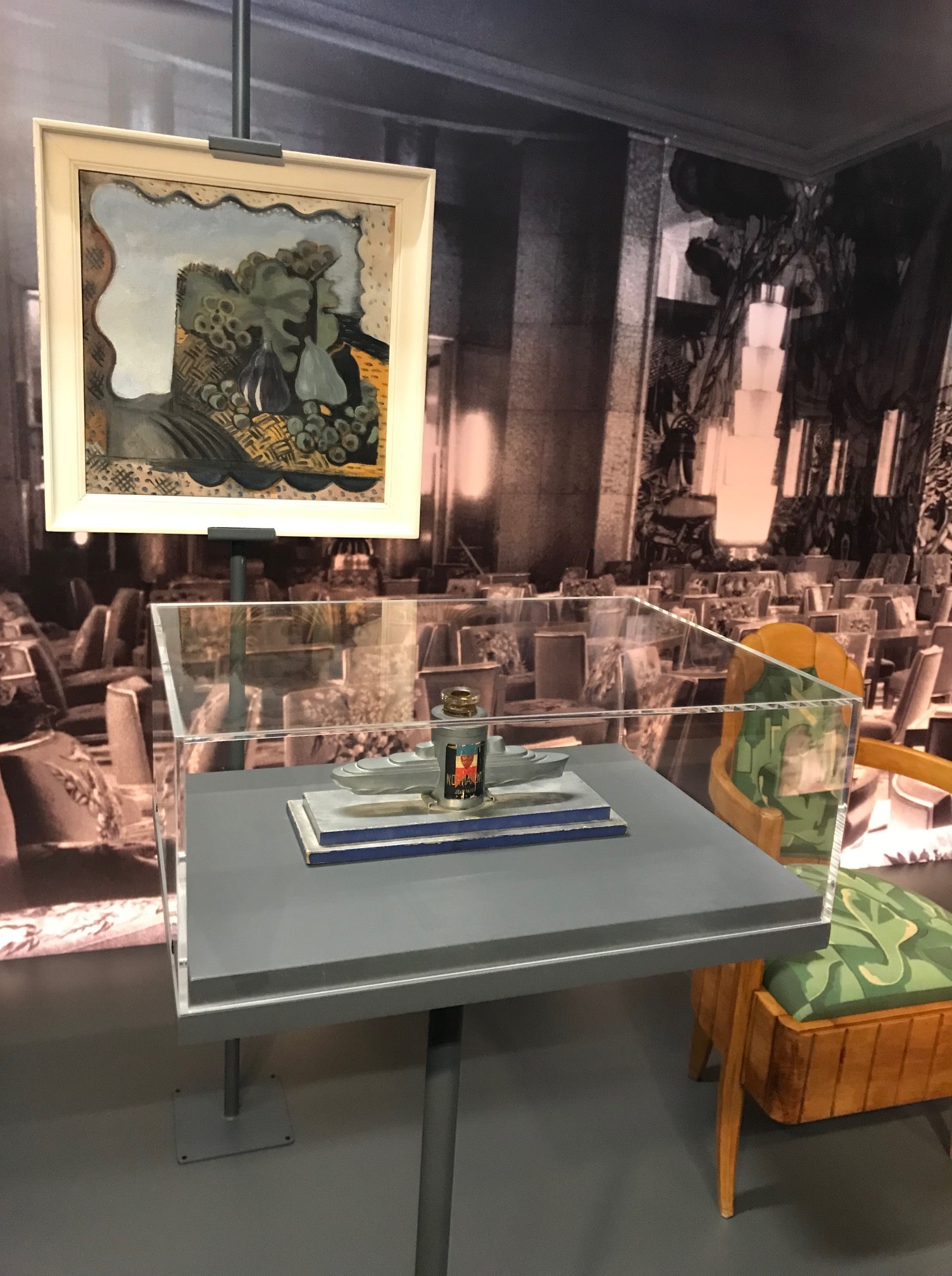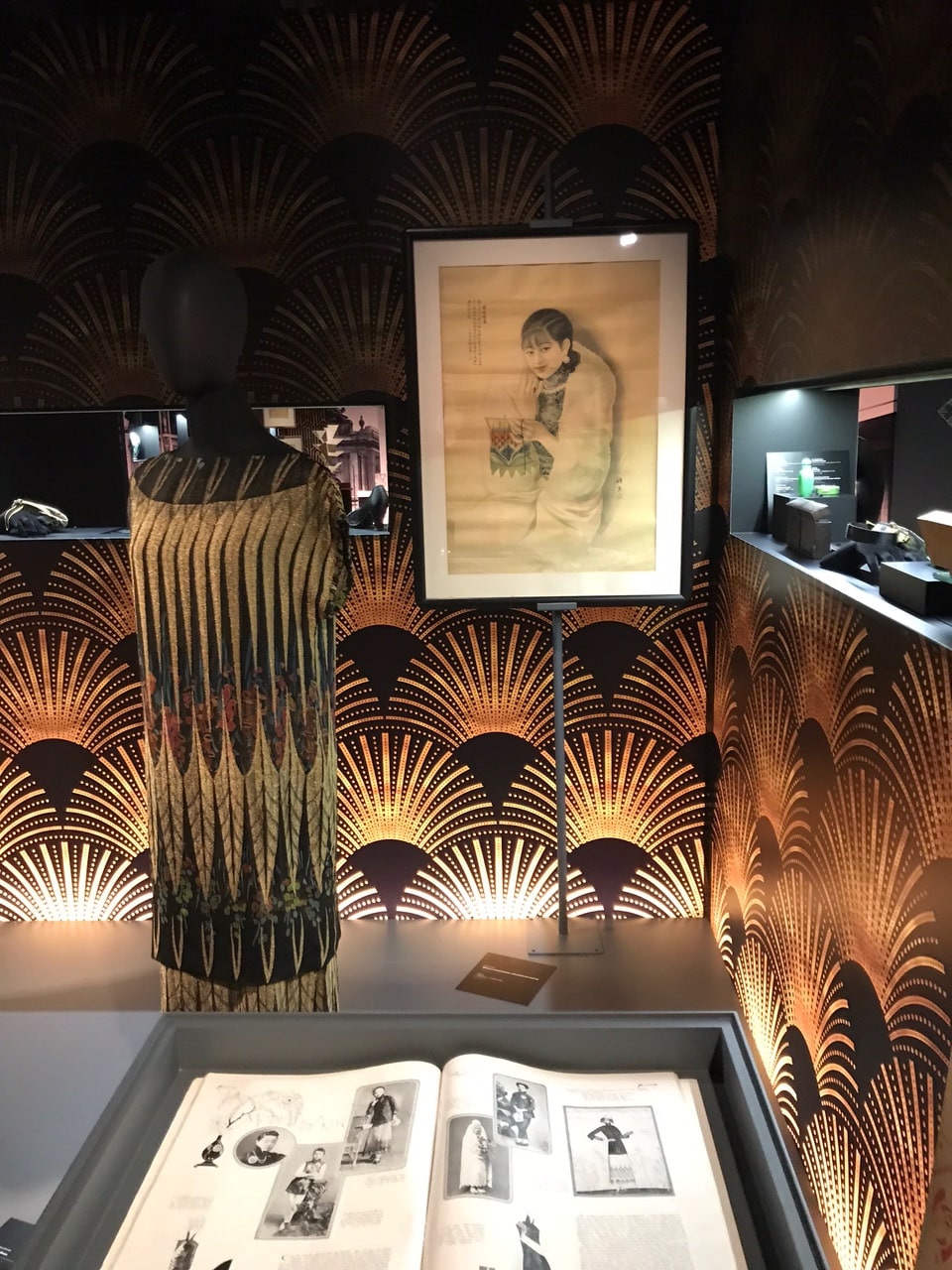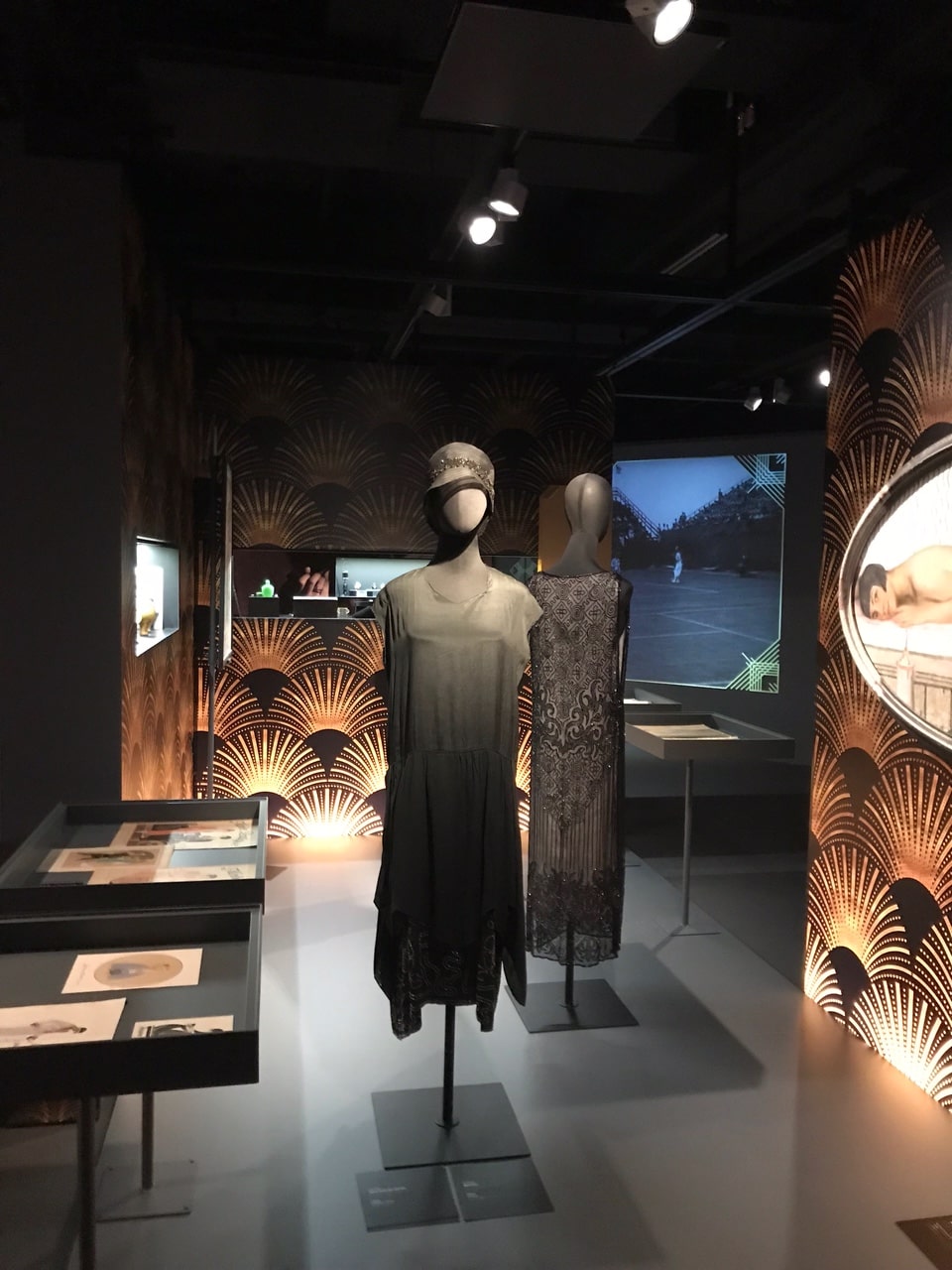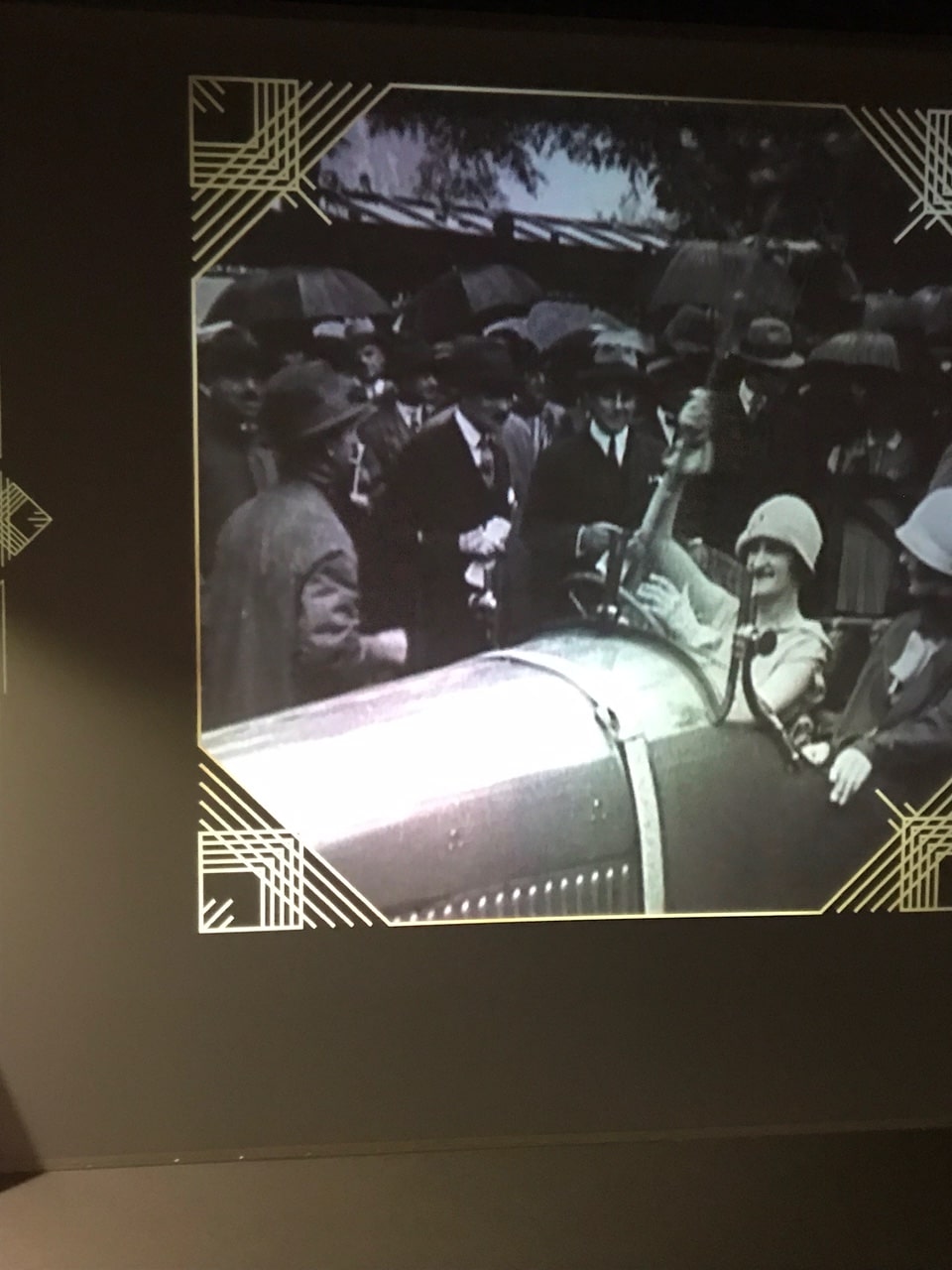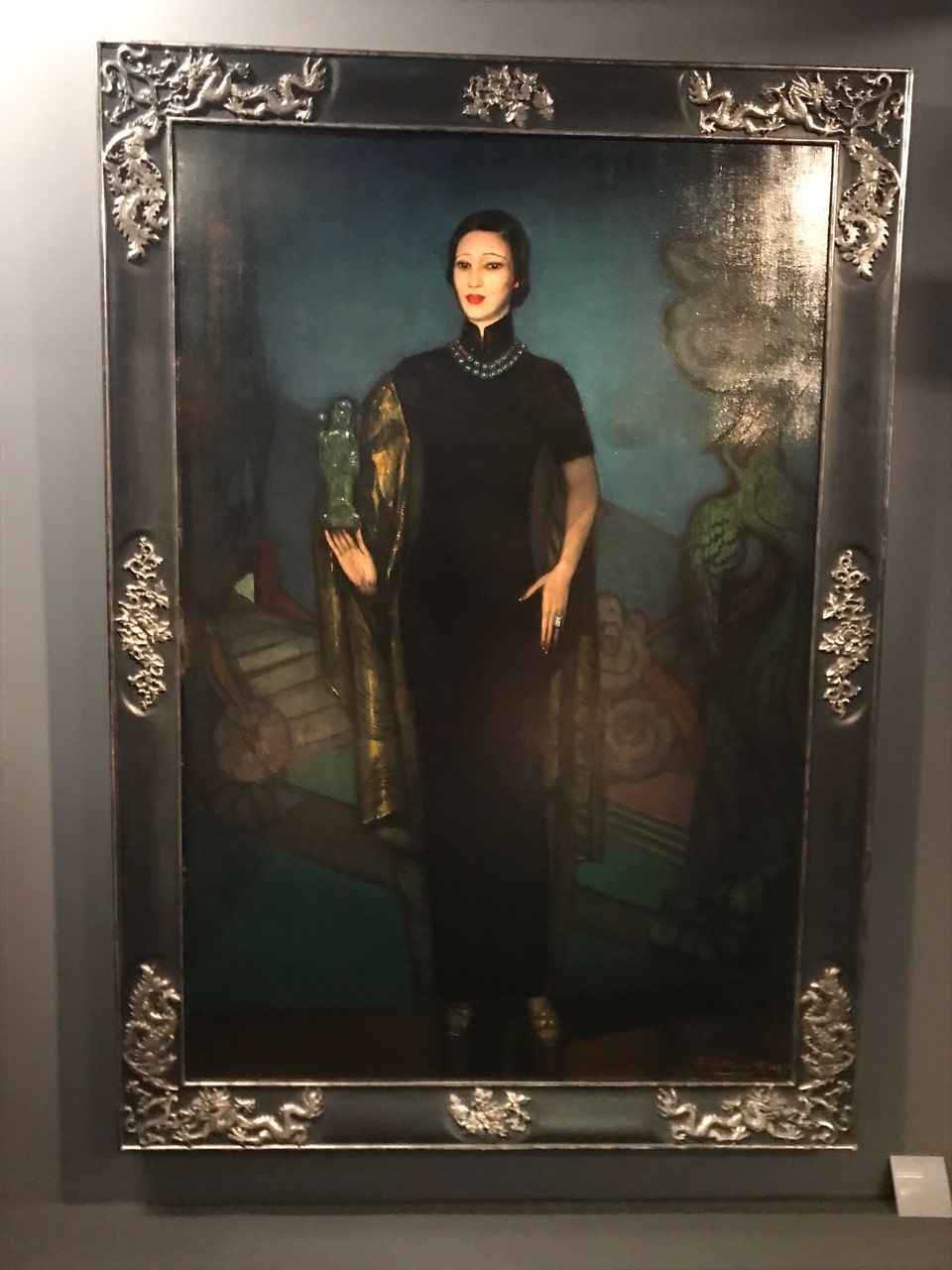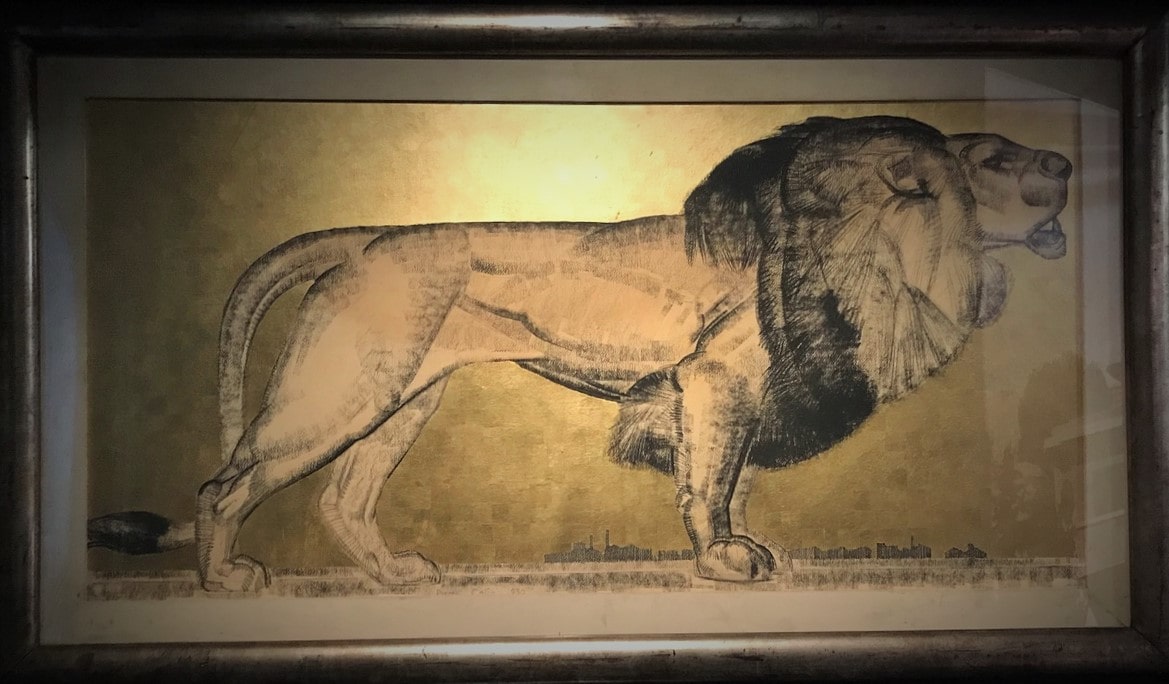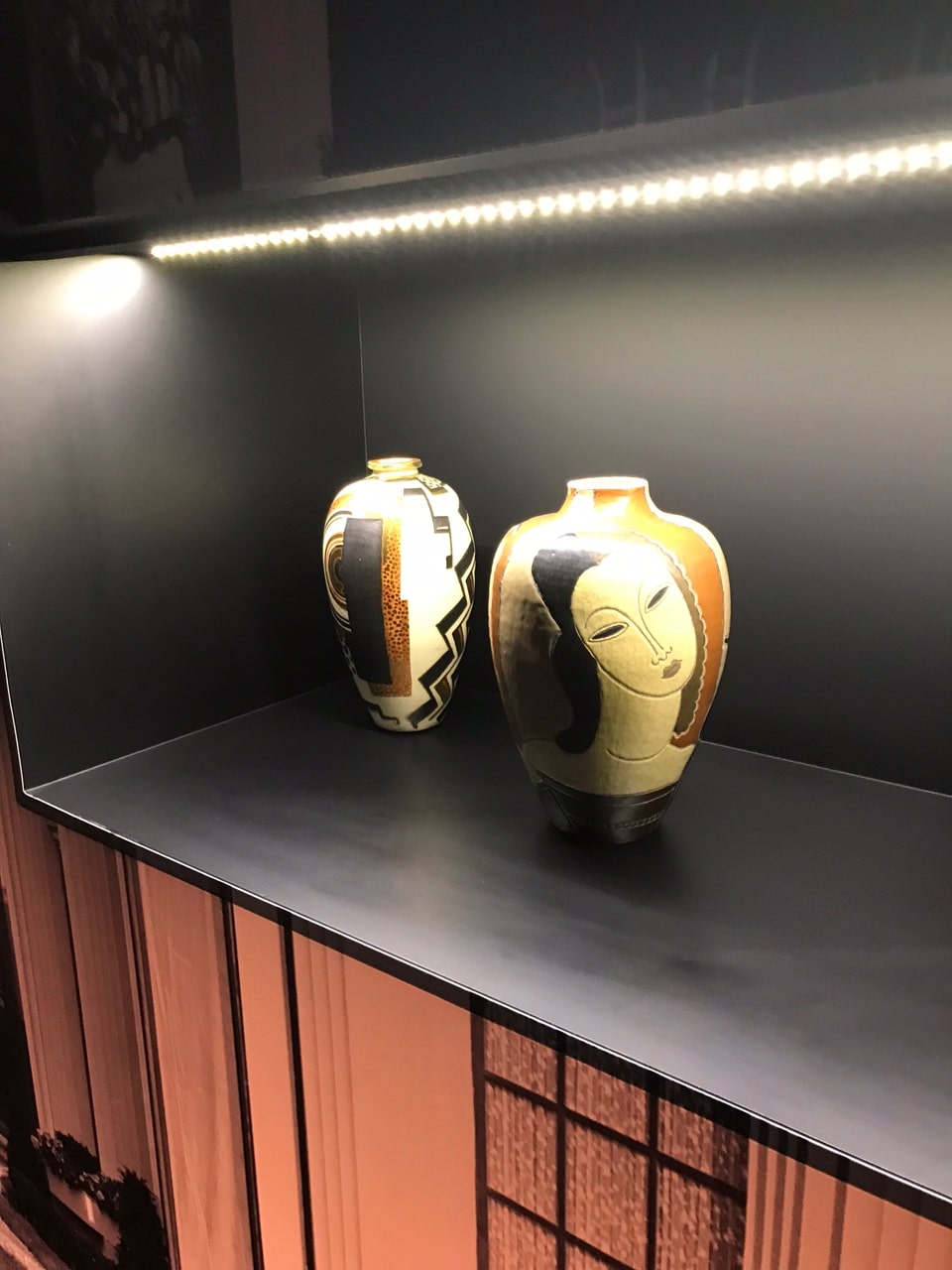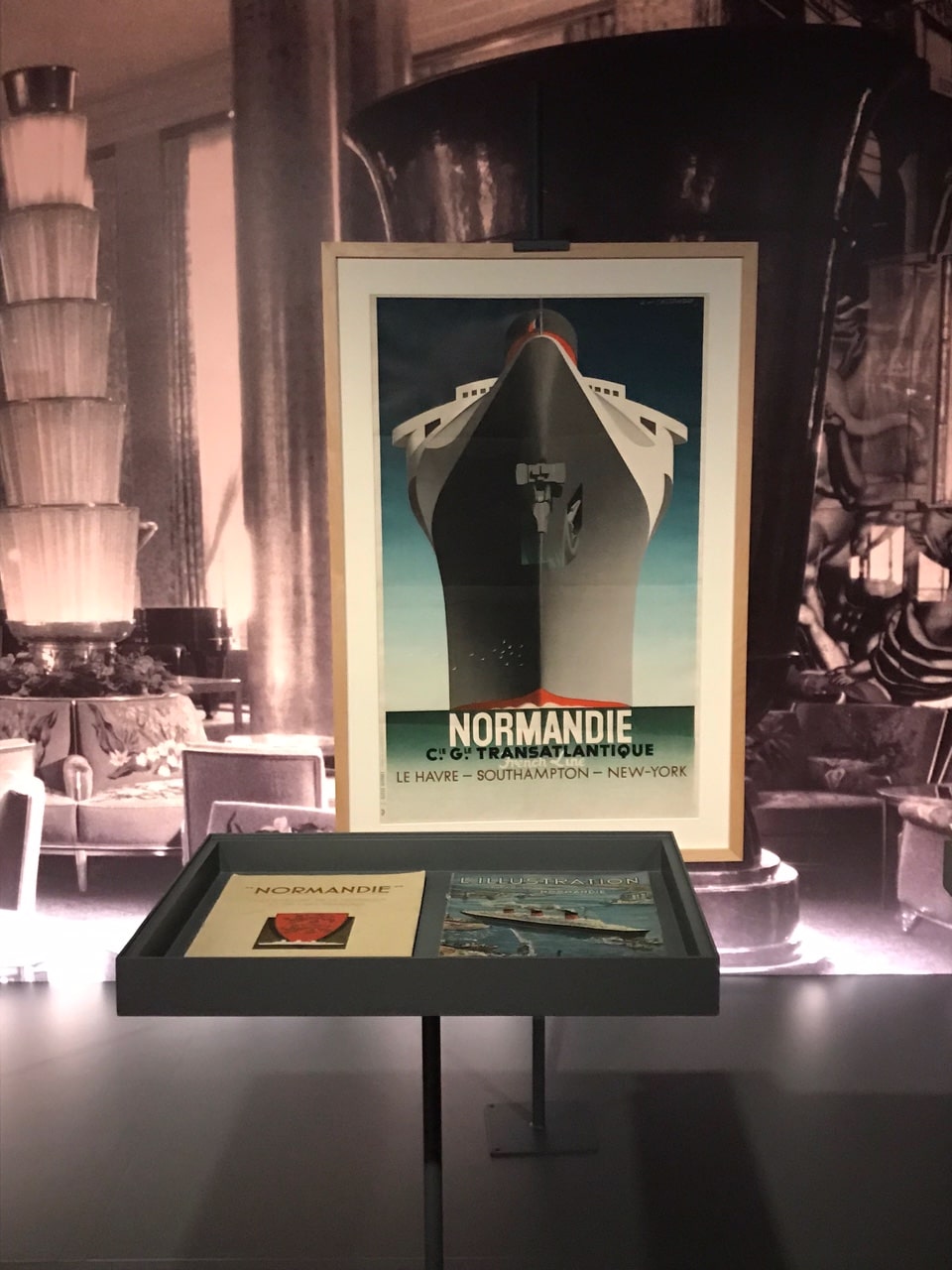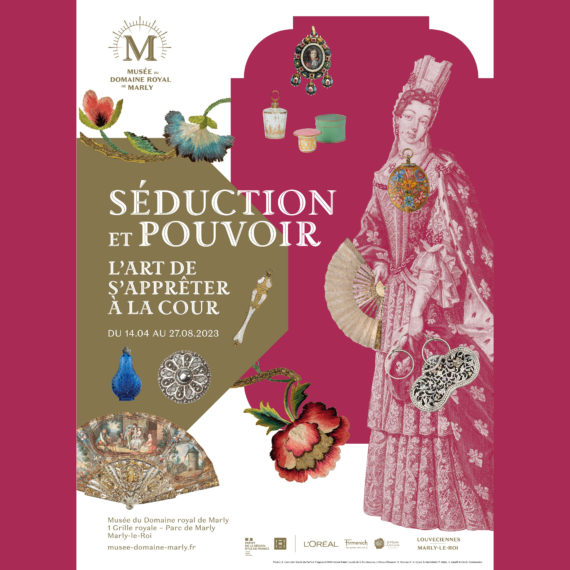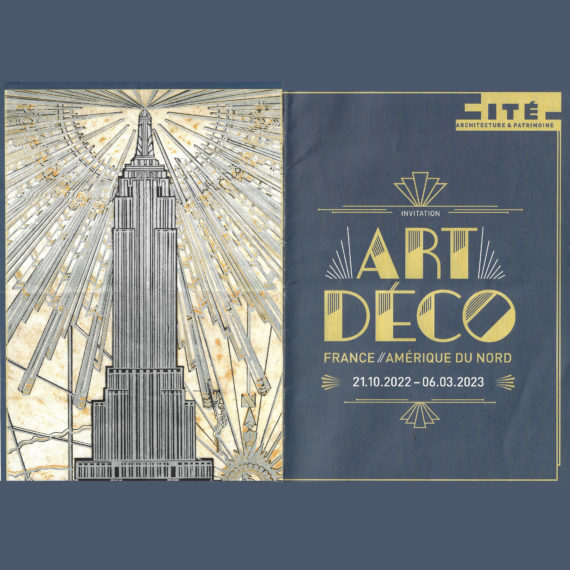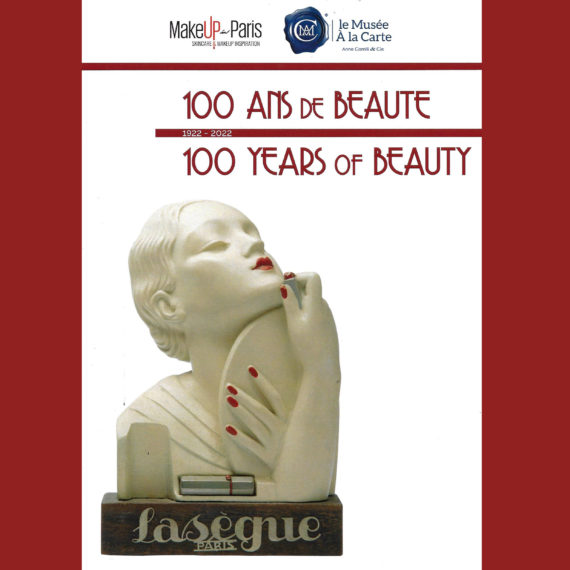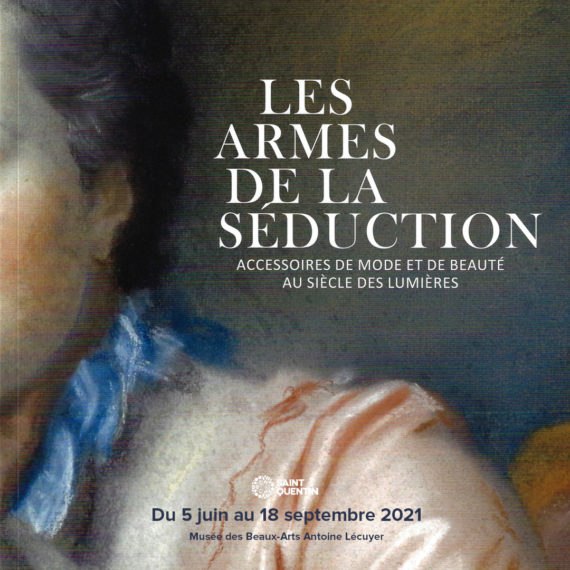Category
Musée À la Carte ®ART DECO The France-China Connection – City University Exhibition Gallery -HONG KONG 2019 Musée A la Carte ®
To understand the evolution of women’s fashion during the Art Deco period, we need to go back to 1906, the year of the creation of Paul Poiret’s (1879-1944) high waistline dress. A dress that announced the arrival of the modern woman and was the turning point in the history of fashion. It opened the way for a new, slender silhouette, freed from the restraint of petticoats and corsets and the end of the S-shaped figure in vogue since the end of the 19th century.
In 1911 Paul Poiret became the first couturier to create his own brand of fragrance “Les Parfums de Rosine”, a name he used for his perfumes but also for perfumed powders and nail polish. French perfumery was booming at the time, under the influence of François Coty (1874-1934), considered to be the “father of modern perfumery”. Fragrance had become a luxury item.
After the end of the first World War things would never be the same for modern women. Their look and their whole attitude had radically changed. They worked, drove cars, smoked cigarettes and wore makeup. They adopted the short bob and bangs so dear to Louise Brooks. They were nicknamed The Flappers like the heroine of the Victor Margueritte novel, published in 1922. If they still wore a hat, it was without the previous volume and extravagance or the long pins that held it on. Since women were now driving themselves, there was no time to take care of a hat that might fly off.
In Paris couture houses were waging battle, and not all of them would resist the times of change. Despite fierce competition from young designers, the House of Jeanne Lanvin, founded in 1889, remained devoted to her very feminine image.
At the other end of the spectrum, Gabrielle Chanel (1883-1971) and Jean Patou (1887-1936), even though they were rivals, were both advocates of casual wear and imagined a more comfortable, simple type of fashion stripped of any trimmings. Tanned skin became a fashion and make up now had a prominent place as the general use of electric light made it almost crucial. A powdered complexion, red lips and typical Louise Brooks smoky looking eyes so typical of became the all the rage. Women had become obsessed about beauty and makeup advice, given out in the pages of magazines such as Vogue.
Anne Camilli
Crédit photos : Thierry Malty – Anne Camilli & Cie

